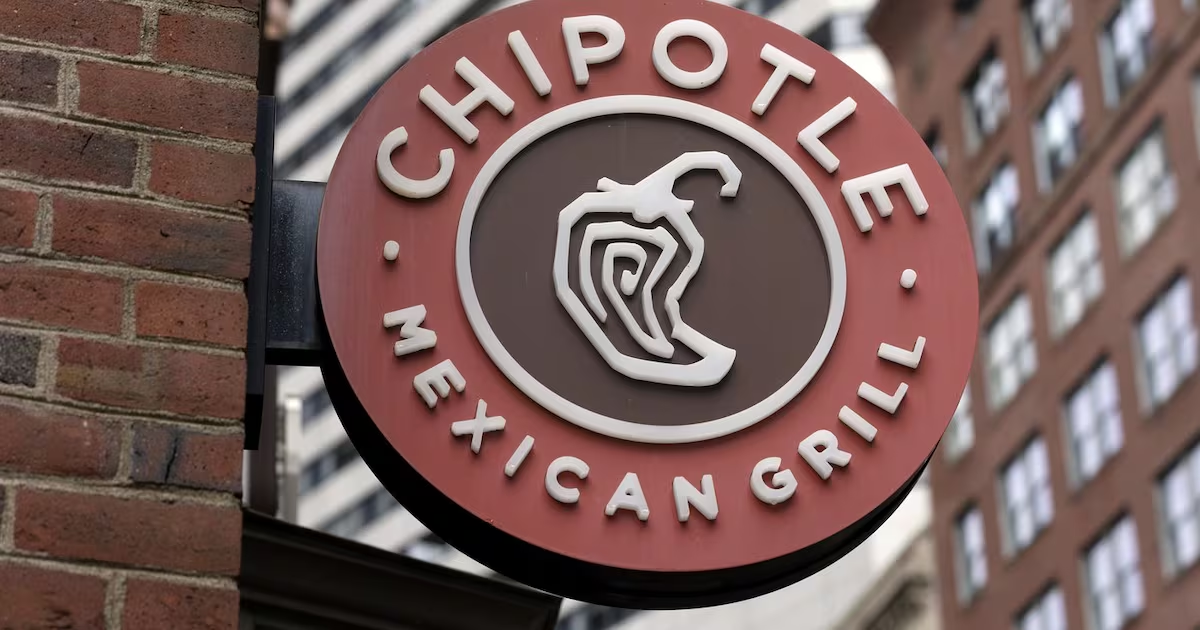New Tariffs And Weak Demand Weigh On PACCAR’s Profits

What’s going on here?
Paccar’s most recent earnings report disappointed investors, as fresh tariffs and falling truck demand caused profits to miss Wall Street forecasts – even though sales still beat expectations.
What does this mean?
The storied US truck maker struggled through a rocky third quarter. Paccar’s profit fell to $590 million, or $1.12 per share – well down from last year’s $972 million, or $1.85 per share, and just below analyst expectations. The drag came from costlier tariffs, especially new duties on imported steel and aluminum – materials crucial for building trucks – with even stricter 25% Section 232 tariffs kicking in this November. Demand wasn’t much help either: deliveries dropped to 31,900 units, down sharply from 45,000 a year ago, as North American and European customers slowed orders to manage bloated inventories. Despite these hurdles, Paccar still topped revenue forecasts with $6.67 billion in quarterly sales, but tightening margins and softening demand have analysts, including Jefferies, rethinking profit expectations for the year ahead.
Why should I care?
For markets: Tariffs and tepid demand stall the rally.
Paccar’s struggle to meet profit goals spotlights persistent challenges for industrial stocks. The new 25% tariff and pricier steel could mean more squeezed margins for US truck makers. Unless manufacturers can pass higher costs to buyers, or fleet operators ramp up orders, investors could brace for more ups and downs in the trucking sector.
The bigger picture: Trade policies reshape industrial supply chains.
Section 232 tariffs are a push by US policymakers to boost domestic production, but for many manufacturers, it also means reshuffling supply chains and facing pricier components. For an industry already battling flagging demand, these policies might end up adding pressure instead of real resilience – so the longer-term effect on US manufacturing is still up for debate.
Playing it safe might not be so safe.
This isn’t a riddle: it’s financial sense. A savings account might seem sensible – but unless its interest is keeping up with rising prices, you’re losing purchasing power.
Our analyst’s free guide can help you decide what to do instead.





